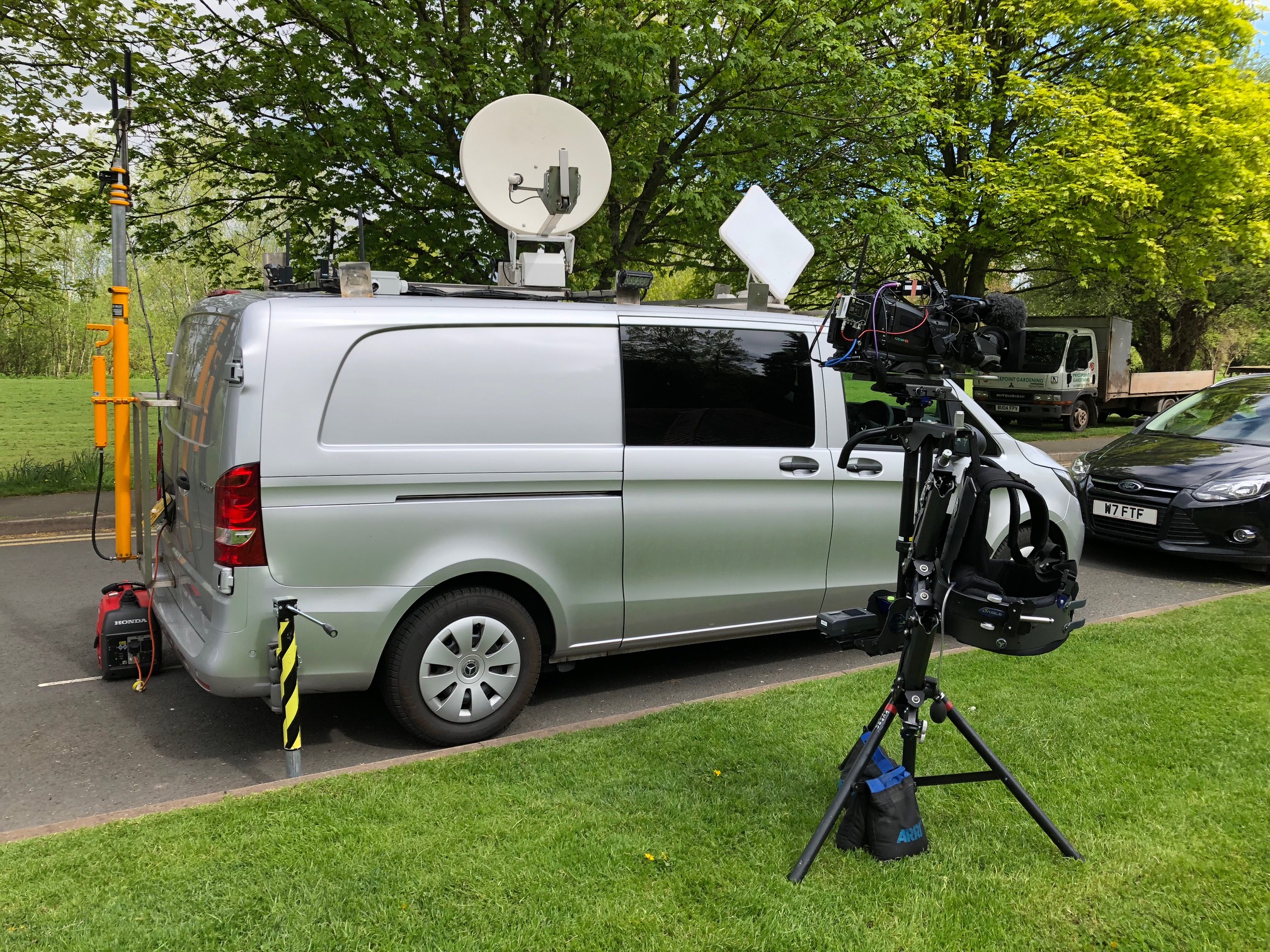In an era where instantaneous communication dominates the cultural landscape, the role of television production has evolved exponentially. One method that has gained prominence over the years is Outside Broadcasting (OB). But what exactly is Outside Broadcasting, and how does it differ from traditional studio production? Imagine a world where your favorite sports events, concerts, and news breaking stories are broadcasted live from the very heart of the action. This is precisely the essence of Outside Broadcasting.
At its core, Outside Broadcasting refers to the remote production of live television programs from locations external to a conventional studio setting. Picture a bustling sports arena teeming with impassioned fans, a serene landscape during a documentary shoot, or an intimate concert capturing the raw energy of a live performance. These vibrant environments serve as the backdrop for broadcasting that transports audiences from the comfort of their homes directly to the center of the event.
However, while this immersive experience tantalizes viewers, it also poses significant challenges for producers and technical teams alike. How does one seamlessly convey the essence of a live event when faced with unpredictable variables such as weather, equipment malfunctions, or unexpected delays? It’s a question that requires not only meticulous planning but also a level of creativity that outstrips the confines of a standard studio shoot.
The backbone of Outside Broadcasting is its equipment. A typical OB setup may include a mobile broadcast unit, satellite trucks, cameras, and audio equipment—all designed to withstand the rigors of being on location. The mobile unit serves as the nerve center, housing sophisticated technology that enables live video and audio transmission back to the station or to the cloud. With advances in technology, today’s OB setups are more compact and powerful than ever, utilizing fiber-optic cables, wireless transmission, and even 5G networks to ensure high-quality outputs.
One of the most compelling aspects of Outside Broadcasting is its versatility. This method is not limited to any single genre or event format. From sporting events like the Super Bowl, which captivates millions, to intimate documentaries highlighting the beauty of lesser-known locales, the applications of OB are virtually limitless. Furthermore, as audiences increasingly crave authentic experiences, OB offers a tantalizing glimpse into the ambience of the event, transforming viewers into virtual participants.
However, the stakes are high. An unpredicted thunderstorm could wreak havoc on an outdoor concert broadcast, or a last-minute change of venue might throw logistics into disarray. It is essential for the production teams to work like a well-oiled machine, anticipating potential pitfalls while maintaining flexible strategies. It’s a delicate balance between preparedness and spontaneity. The question arises: How does one cultivate a culture of adaptability within a high-pressure environment?
Collaboration is crucial. OB demands not just technical prowess but also an orchestra of professionals—from camera operators and sound engineers to producers and directors—who must all communicate in real time. Each team member plays an integral role in creating the tapestry that becomes a live broadcast. On-site, they rely heavily on headsets for constant communication, ensuring that everyone is on the same page and that creative decisions can be implemented swiftly as the action unfolds.
Additionally, Outside Broadcasting includes a rigorous pre-production phase. Thorough research and location scouting form the groundwork. Understanding the physical environment, potential challenges, and logistical necessities is vital. For instance, shooting a concert at an iconic venue may require permits, while sporting events typically involve coordination with teams and officials. Having a well-structured plan in place ensures that the entire operation runs smoothly.
Moreover, as the global appetite for real-time content grows, Outside Broadcasting has adapted to new demands. Social media’s influence is undeniable; audiences engage with broadcasts while simultaneously sharing their experiences online. This interactivity creates opportunities for OB teams to enhance viewer engagement through live polls, social media shout-outs, and integrated commentary. It transforms each event into a shared experience that transcends geographical boundaries.
Nevertheless, with each advancement comes a caveat. As productions grow in complexity and reliance on technology increases, the risk of equipment failure becomes an ever-present concern. A dropped signal or hardware malfunction during a live sporting event could lead to a catastrophic broadcasting failure, leaving viewers in suspense. It prompts a crucial inquiry for producers: What contingency plans are in place to mitigate disaster?
In conclusion, Outside Broadcasting is a dynamic combination of technology, creativity, and teamwork. It encapsulates the thrill of live events while concurrently presenting unique challenges that necessitate strategic foresight and adaptability. The field requires a distinct blend of artistry and technical acumen to meet the ever-evolving demands of viewers yearning for authentic, immersive experiences.
As the landscape of broadcasting continues to shift with advances in technology and viewer preferences, the question remains: How will Outside Broadcasting continue to innovate and thrive in this competitive arena? The answers, while yet to unfold, promise a fascinating glimpse into the future of live television.
